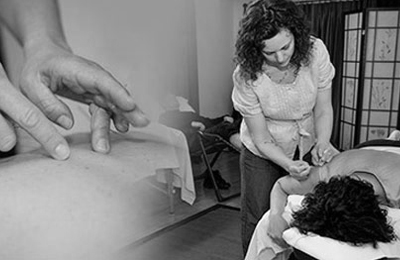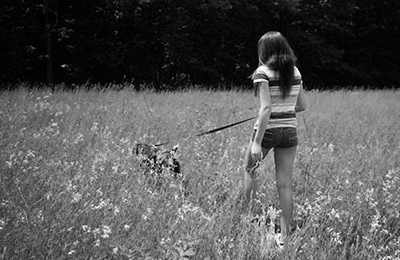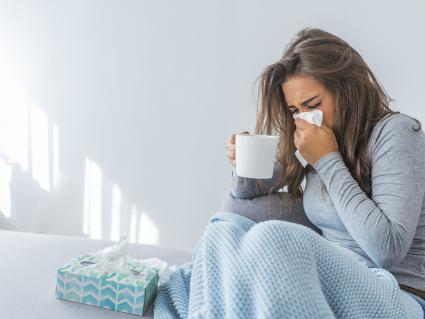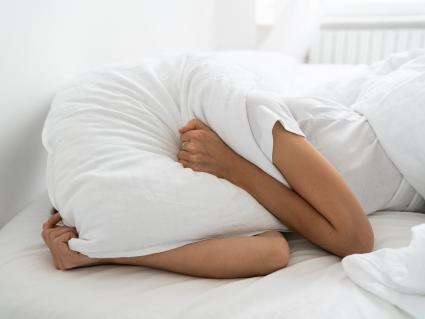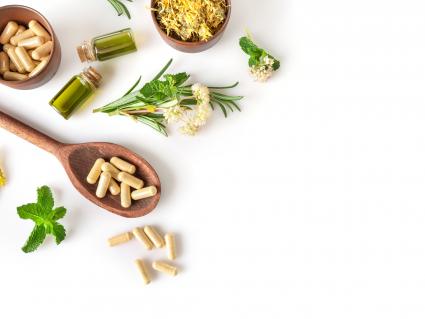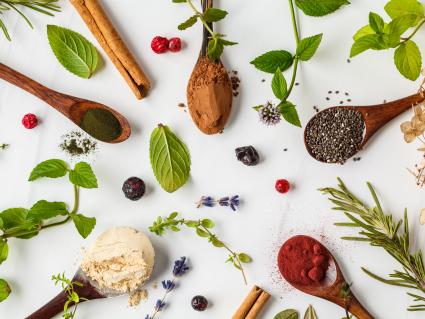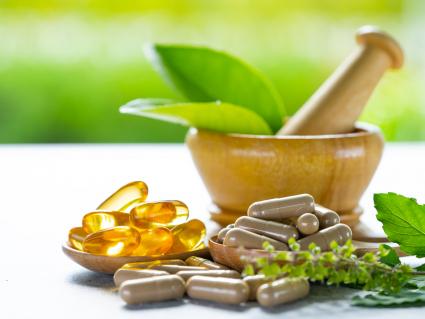Lyme and Chinese Herbs
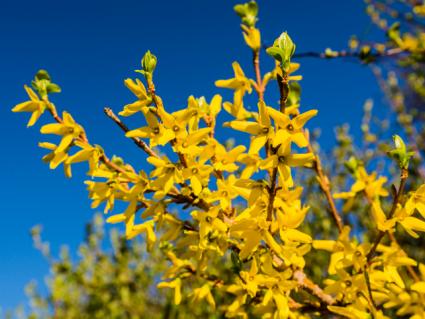
Integrating Chinese Medicine for the treatment of Lyme.
Have you seen all the beautiful forsythia blooming? This is the vine-like bush with the bright yellow small flowers. This is a very commonly used herb in the Chinese pharmacopeia used to clear heat and toxicity. After the flowers fall off, leaves grow, and after that, usually around July or August a small capsule-like fruit grows. This is the medicinal part of the plant called Lian Qiao (pronounced ‘leeon chow.’) This is included in a very common and classic herbal formula called Yin Qiao San, used for initial onset of a sore throat with fever, headache and thirst. It is also used in herbal formulas addressing both acute and chronic Lyme disease.
For any practitioner, whether from a Western or Chinese medical approach, naturopathic, integrative or other—Lyme disease can be difficult to treat because the spirochete is such an elusive bacteria that can hide from modern methods of diagnosis and can be stubborn to treatment. Anyone who has had or has Lyme knows how debilitating it can be—physically, mentally, and emotionally. At the Stram Center, we as practitioners go to great lengths to study, research, and continue to work to offer the best treatment options available.
Chinese medicine offers classic and traditional methods of treating modern diseases. And because Lyme is such a complex disease, the treatment using herbs is comprehensive and sophisticated to include those that are anti-pathogenic (the pathogen being the infectious agent(s) from ticks,) herbs that reduce the nervous system inflammation, and also herbs that are nourishing to the body to support the person who may be quite debilitated from the infection, or infections since Lyme is often accompanied by co-infections. So herbs like forsythia are used to push out toxins and other herbs are used as tonics, immune support, pain relievers, digestive support and more. Herbs chosen are of superior quality, sourced using impeccable harvesting and manufacturing processes, and can be integrated to be effective and safe for long-term use. So we are working with the body’s life force, not just against it.
One practitioner of Chinese medicine, Dr. Heiner Fruehauf, who has been treating Lyme for over 20 years, aptly described the way people with Lyme often feel—“as though somebody put a hex on them without anybody being able to see what was really going on.” There are ancient records in Chinese medical texts of these types of patients who are exhausted from the chronic inflammation that has depleted their reserves. This is the case in chronic infections that have gone on undiagnosed, often perplexing medical practitioners, until finally Lyme is detected, or at least suspected. If addressed acutely though, when you know you’ve been bit by a tick and do experience an initial illness, Chinese herbs can be used along side or after antibiotic therapy to greatly increase healing and prevent infection from going chronic. As a two time Lyme survivor myself, I can attest to this!
Dr. Fruehauf says, “from a holistic perspective, it is important we restore the body’s ability to police itself.” This is a basic concept of integrative, naturopathic, and Chinese medicine—that given the right conditions and support, the body has an inherent ability to regulate and heal. This can take a long time when something as noxious as Lyme or its co-infections has set in, but healing is possible and we are here to support you.
Sources:
The Journal of Chinese Medicine “Driving out Demons and Snakes, Gu Syndrome, A Forgotten Clinical Approach to Chronic Parasitism” by Heiner Fruehauf, May 1998.
Classical Pearls Herbal Formulas Clinical Reference Guide “Lyme Disease: An In-Depth Interview with Heiner Fruehauf,” 2012.
Materia Medica Essentials of Chinese Medicine by Dafang Zeng, 2003.



